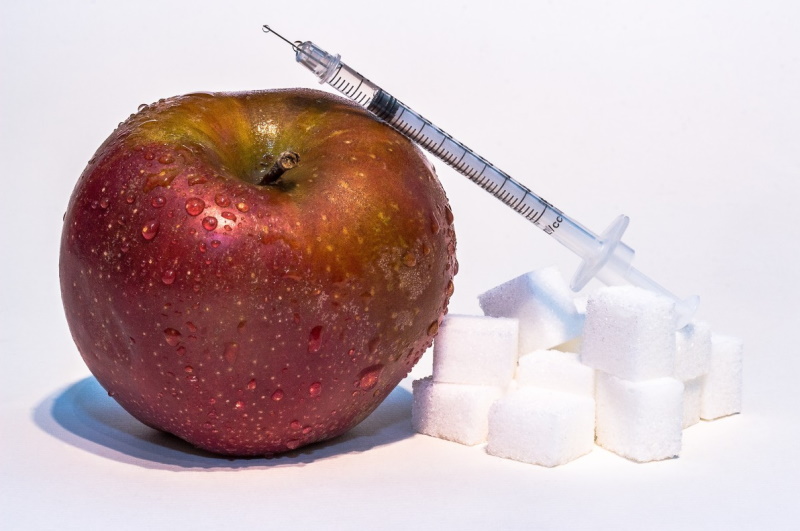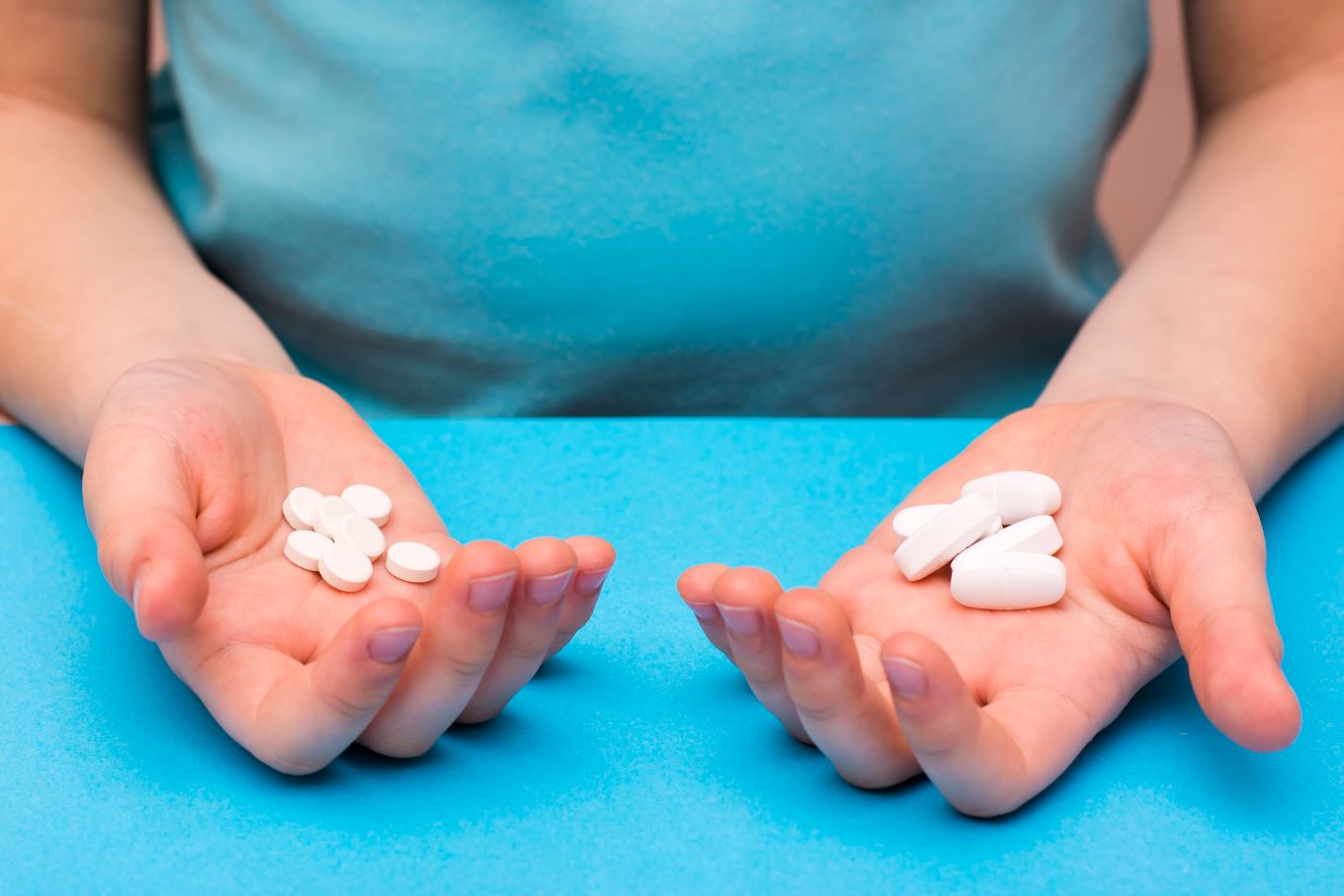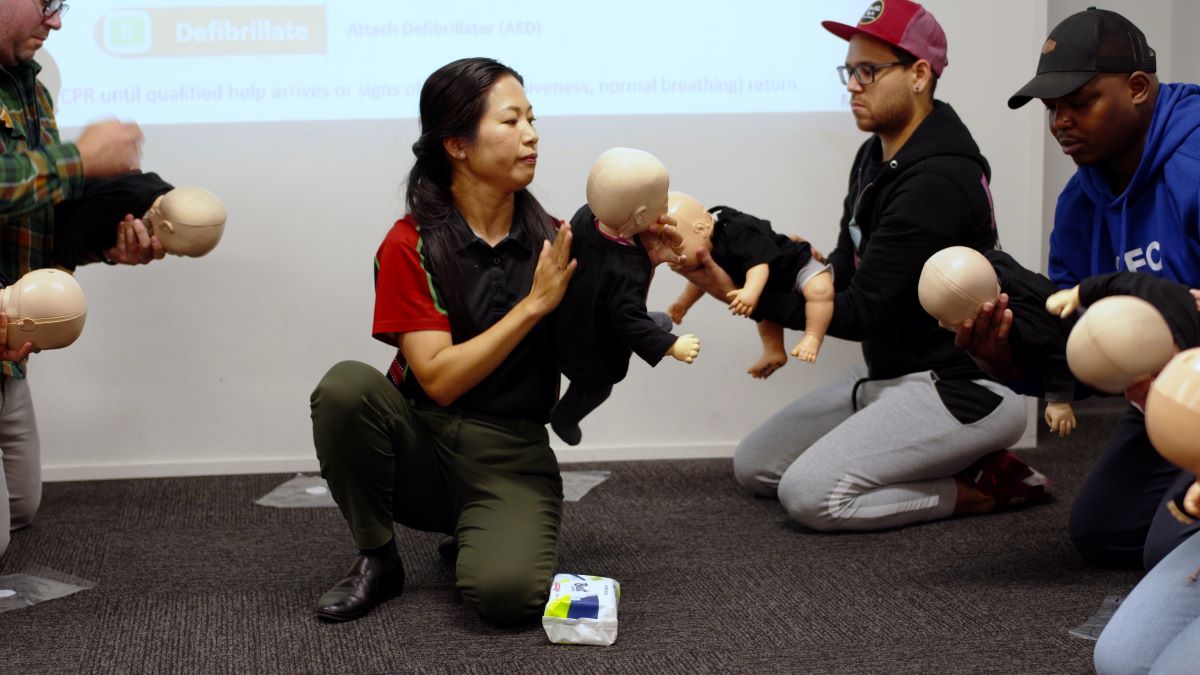Diabetes is one of the most common chronic illnesses of the 21st century. In 2019, an estimated 463 million people worldwide had diabetes – approximately 8.8% of the global population. And yet, there are still questions about the condition that remain unanswered, and a great many people know very little about it.
How is diabetes caused?
When our bodies process carbohydrates (such as those in bread, rice, potatoes, or milk), they are broken down into a substance called “Glucose” and released into our bloodstream. This is sometimes also referred to as “Blood Sugar”. This glucose is used by our cells as fuel to keep our bodies going.
But glucose can’t normally enter a cell on its own. Our bodies produce a substance called “insulin”, which unlocks the cell and allows the glucose into the cell where it can be used. Your body uses insulin to regulate things, so you don’t get too much or too little blood sugar at once.
Diabetes happens when something goes wrong with that mechanism. Somehow there’s a problem with your insulin supply, meaning your cells aren’t getting the blood sugar they need. This can potentially be quite dangerous and even life-threatening.
What is type 1 Diabetes?
Type 1 diabetes is where your body doesn’t have insulin available for the cells. In type 1 diabetes, your immune system attacks and destroys the cells in your pancreas, which produce insulin as though they were an infection. This leaves your body without the tools it needs to produce insulin. Scientists don’t yet understand why this happens – they just know it happens.
As such, type 1 diabetics need daily injections of insulin so their bodies can continue to operate. They also need to be careful what they eat – particularly sugars and carbohydrates – to avoid putting themselves at risk.
Type 1 Diabetes used to be referred to as “juvenile diabetes”, given it often begins to show in earlier life. It is less common than type 2, currently representing less than 1% of the global population.
What is type 2 Diabetes?
Type 2 diabetes occurs when your cells become “insulin resistant” – the insulin and glucose are both there in your system, but something prevents your cells from taking in the glucose and using it. Type 2 diabetes has previously been called “adult-onset diabetes”, as it often manifests itself later in life. It’s quite a different condition to type 1 diabetes.
As with type one diabetes, scientists don’t entirely understand what causes it. But there are many factors known to affect the risk of type 2 diabetes – including poor diet, unhealthy lifestyle, lack of exercise and family history. Certain racial groups are more prone to type 2 diabetes.
Maintaining a healthy weight and regular exercise has been proven to decrease the risk of type 2 diabetes significantly.
Type 2 diabetes is the most common type of diabetes – accounting for around 90% of diabetes sufferers.
What is the difference between type 1 and type 2 Diabetes?
Type 1 and type 2 diabetes are entirely separate conditions. Management of type 1 diabetes is usually far more involved. It requires daily monitoring of blood sugar levels and regular insulin injections to keep blood sugar levels in a healthy range and avoid serious conditions such as hyperglycemia or hypoglycemia (high and low blood sugars).
Insulin is often administered by regular injections, although many type 1 diabetics are now using insulin pumps. Clipped to the belt and worn 24/7, this device provides a slow, steady flow of insulin into the bloodstream.
Type 2 diabetes can often be managed with changes to lifestyle, diet and exercise. Sufferers need to be careful of what they eat and might still need to monitor their blood sugar levels, but a type 2 diabetic with a healthy lifestyle can sometimes operate with limited disruption to their daily lives.
Sometimes additional medication is needed, however, and sometimes the condition can worsen – particularly if poorly managed. In some cases, type 2 diabetics can reach the point of needing insulin injections.
Which Diabetes type is worse?
Neither type of diabetes is good news – they’re both chronic illnesses that can significantly impact daily life. But type 1 diabetes is often regarded as more serious, requiring daily injections and carrying greater risk to life and health.
One of the few positive factors for type 1 sufferers is that an insulin pump gives greater control over blood sugar levels, as the insulin flow can be adjusted. This means type 1 sufferers can sometimes be a little more flexible with diet than type 2 sufferers generally can.
Can diabetes be cured?
Not really. Type 1 diabetes is not curable at this stage – sufferers will need to manage the condition throughout their lives. Type 2 isn’t generally regarded as “curable”, but there is some evidence of type 2 diabetes going into remission if well managed.
How can I help someone with diabetes?
One of the best ways you can help a diabetes sufferer is with awareness. They’ll generally have restrictions on their diet, so knowing their limitations and having suitable meal options available will make their life less stressful.
It also pays to be prepared for the worst-case scenario. Most people have some idea what to do if someone suffers a bad cut or broken limb, but very few people know how to recognise or provide aid to diabetics suffering hypoglycemia. Fortunately, modern first aid courses now include this as part of the training.
Training organisations such as First Aid Pro now offer affordable first aid training from a wide variety of locations throughout Australia – including multiple venues in most capital cities. So you can learn how to help a diabetic suffering a hyperglycemic or hypoglycemic attack – as well as a host of other medical conditions.
It’s worth making sure you’re prepared for anything!







